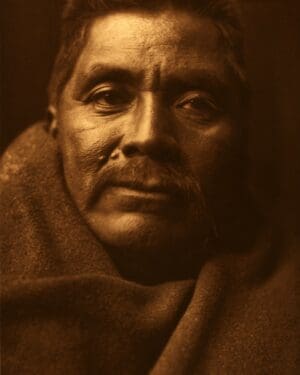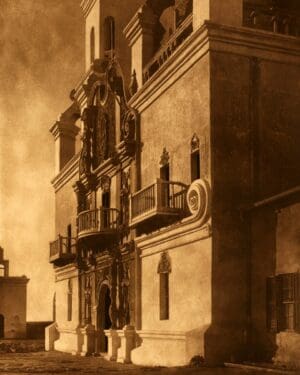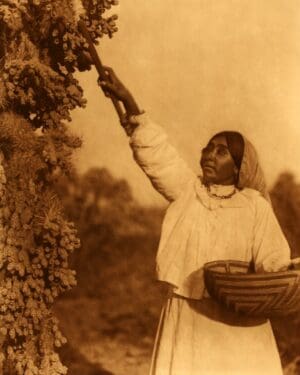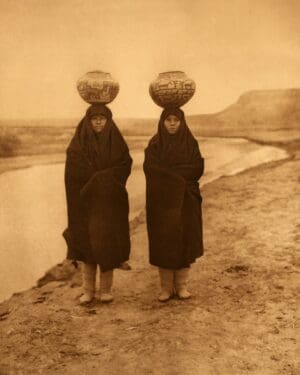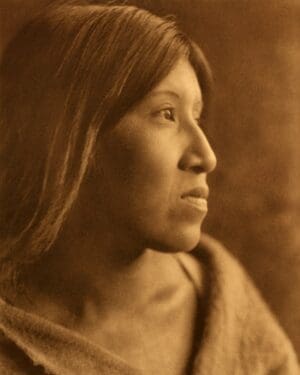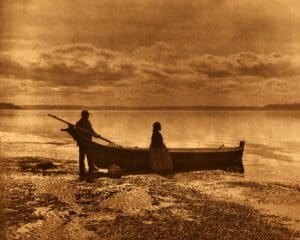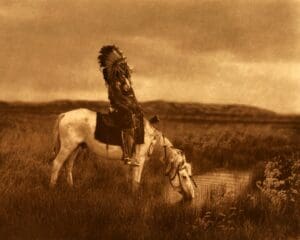Tohono O'odham Native Americans
Tohono O’odham / Papago Photos by Edward S. Curtis
Tribal Summary
Dress
Older Tohono O’odham men wore only a loin-doth, and sandals made from a double thickness of skin taken from the neck of the deer. For cold weather a long deerskin coat was thrown over the shoulders and tied down the front with thongs of the same material. Young men wore the kahtani, a cotton poncho, reaching a little below the waist.
Women wore either a full dress of deerskin or a deerskin waist and a skirt of native cotton reaching to the middle of the calf. The waist was tight and sleeveless. An underskirt reached nearly to the knees. Older women
usually wore only the skirt in hot weather, but young women were not permitted to do so. Both sexes wore the hair uncut in front and back. The hair of the men was usually tied up in a knot behind, while that of the women was always worn loose and parted in the middle. Since the advent of Spanish missionaries the men cut the hair level with the ncek, giving rise to the erroneous signification of the name Papago as “cut hair.” No head-band was used.
Dwelling
The framework of the primitive house consisted of three forked posts set in the ground in a line, supporting a ridge-pole; smaller wall posts in a circle, entirely spanned at the tops with poles; and roof-poles running from wall to ridge. Roof and walls were thatched with zacate, or wild hay, grass, or arrow-brush, and plastered with mud. A round, four-post house was also made, as by the Pima, but usually with grass substituted for arrow-brush.
Food
The Tohono O’odham consumed the same native foods as the Pima: mesquite and screw-bean pods, cactus fruits, grass seeds, small game, and sometimes deer.
Showing all 6 results

